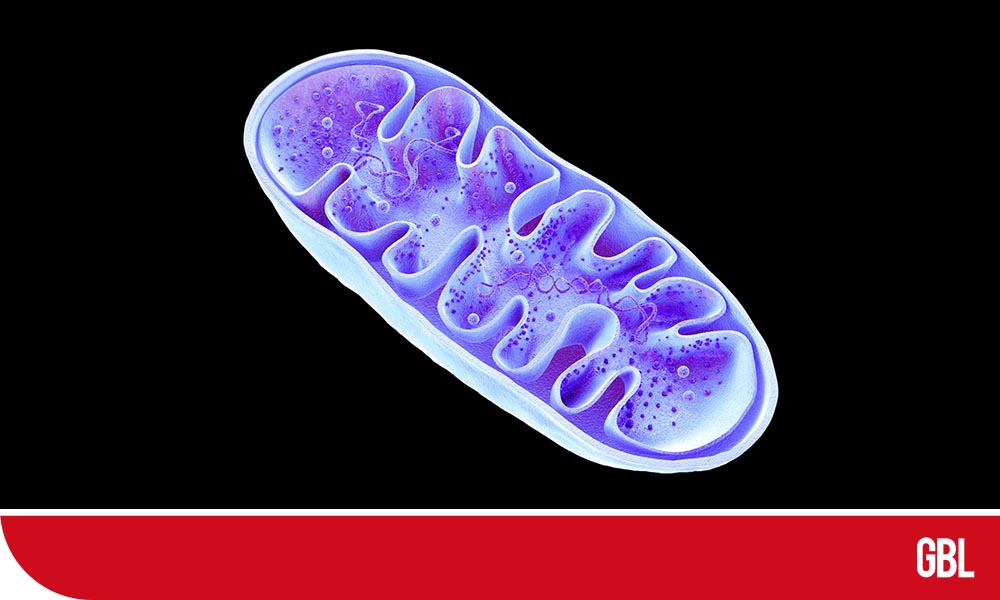Pointers at Glance
- Scientists have shown that in one of every 4,000 births, some of the genetic code from our mitochondria, the ‘batteries’ that power our cells, inserts itself into our DNA, revealing surprising new insight into how humans evolve.
- In a study published, researchers at the University of Cambridge and the Queen Mary University of London report that mitochondrial DNA also appears in some cancer DNA.
- The study suggests that it acts as a sticking plaster to try and repair damage to the human genetic code.
Mitochondria are tiny ‘organelles’ that sit within human cells, where they act similar to batteries, providing energy in the form of the molecule ATP to power the cells. Each mitochondrion has its mitochondrial DNA, different from the rest of the human genome, which comprises nuclear DNA.
Mitochondrial DNA is passed down the maternal line. Which means we inherit it from our mothers, not our fathers. However, a study published in PNAS in 2018 by researchers at the Cincinnati Children’s Hospital Medical Center in the USA reported evidence that suggested some mitochondrial DNA had been passed down the paternal line.
To investigate these claims, the Cambridge team looked at the DNA from more than 11,000 families recruited to Genomics England’s 100,000 Genomes Project, searching for patterns that looked like a paternal inheritance. The Cambridge team identified that mitochondrial DNA ‘inserts’ in the nuclear DNA of some children that were not present in that of their parents.
Now, extending this work to over 66,000 people, the team showed that the new inserts are happing all the time, showing a new way our genome evolves.
The team anticipates that mitochondrial DNA transfers to nuclear DNA in around one in every 4,000 births. The team found that most of us carry five of the new inserts, and one in seven of us (14%) carry very new or latest ones. Once in place, the inserts can occasionally lead to rare diseases, including a rare genetic form of cancer.
Mainly, the research was funded by Wellcome, the Medical Research Council, and the National Institute for Health Research.









